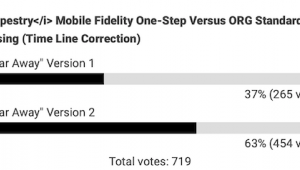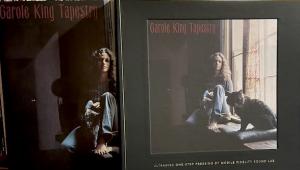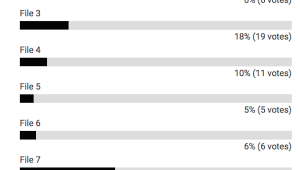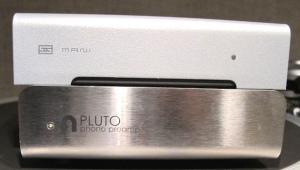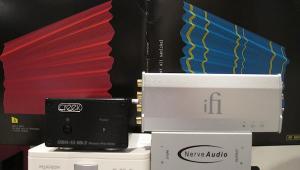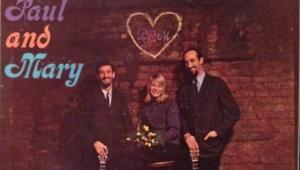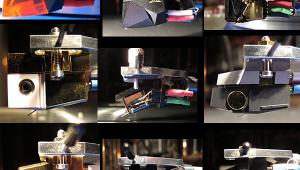Primary tabs
Do Record Mats Really Make a Sonic Difference? And if So, Which of These Do You Prefer.

The original 96/24 Nagra digital recording used three Neumann M50 tube microphones in the classic "Decca tree" configuration.
The turntable/tonearm used was the recently reviewed Zorin Audio combo fitted with a Lyra Titan i feeding a feeding the recently reviewed Swan Song Audio Cygnet MC phono preamplifier. The A/D converter was the Ayre QA-9 currently under review. The files are 16 bit/44.1K WAV.
The mats were: 1) the stock carbon fiber one supplied with the Zorin 2) a Boston Audio Graphite mat 3) "The Simple Mat" made from synthetic cork 4) a now discontinued one of what feels like ultra-thin 1/16th of an inch cork from a fellow who shall remain nameless and whose mat was nameless so I'll call it the Brooklyn mat 5) the Hideinthesound suede mat 6) the Hideinthesound split mat with suede on one side and a smooth hide on the other side, 7) The Music Hall cork mat with the raised discs 8) the Moo mat made of cow hair and hide.
There are dozens of other mats worthy or coverage but we'll start with these.
Please download the files and listen. The plucked, percussive mandolin is an ideal instrument to demonstrate differences (if there are any) among the mats in terms of transient speed and clarity, sustain and decay—especially given the recording technique, which produces stable, three-dimensional images.
There's no "best" or "worst" (assuming you hear any difference at all). It will just be interesting to see if a consensus develops around one or two of them.
After voting, please leave a comment about what you heard and why you voted as you did.

